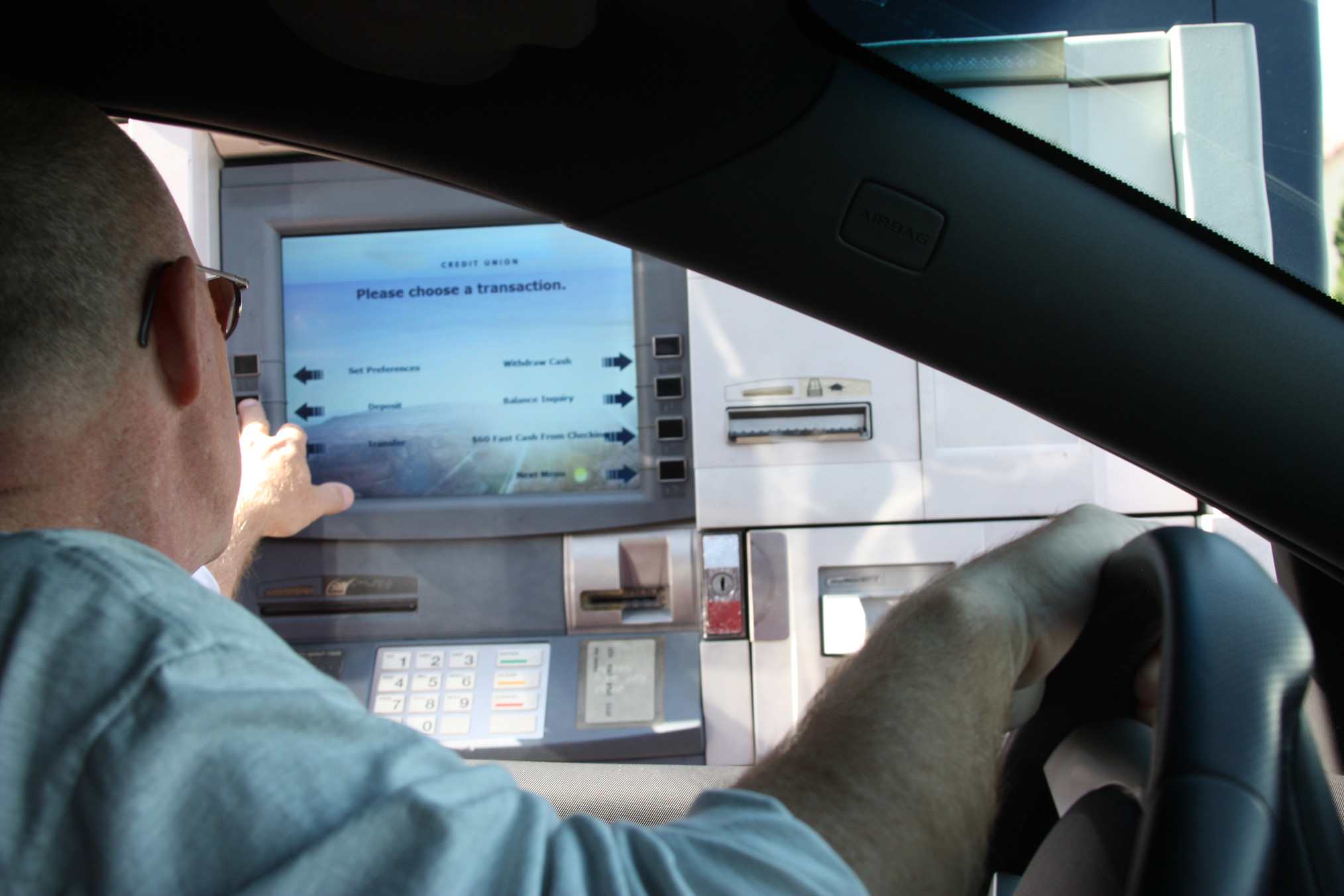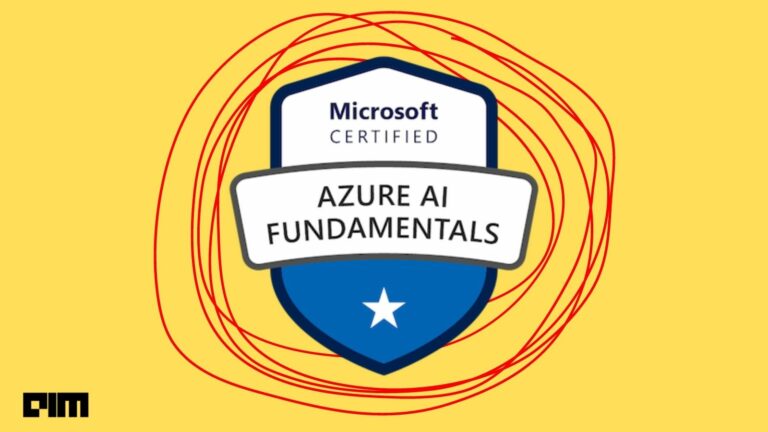In all banking systems, Identity and Access Management (IAM), Advertising Manager, and Identity Management (ID management) are essential since they allow us to know exactly who the person trying to enter a system is.
Due to the leakage of information from user data, it is key to keep the information confidential, fully protected, because criminals are looking for this data to make possible attacks on the system or simply to steal information. Artificial intelligence allows the incorporation of a second identification factor for user access. In this model, there is a first identification factor pointing to what ‘is known‘, and then a second element seeks to verify with something that is with us, such as a token. Advances like these, minimize the risks of fraud for improper access or identity theft.
Technologies that accompany artificial intelligence
AI does not work alone, it also uses other technologies and can even be combined with booming trends such as blockchain. We can say that tokens and face or iris ID are different technologies from artificial intelligence, but they are a key part because they allow the incorporation of decisive information into AI systems. An interesting example, which incorporates blockchain, is mentioned in Deloitte’s study entitled Technology Trends 2018, highlighting the importance of digital identities for the present and future of online transactions.
Digital identities will be essential elements of trust in blockchain-based digital contracts. Although they are not currently binding in the digital sense, “smart contracts” represent the next step in the progression blockchain, from a financial transaction protocol to an all-purpose utility.
Other uses of AI in banking
As part of the financial operation, AI systems are being used for the prevention of money laundering, since it is already possible to know where the users are obtaining their income and to know with certainty that the origin does not come from illegal assets.
AI is also very useful for identifying user behavior patterns, for the benefit of their security. When suspicious behavior occurs, alerts can be triggered to prevent theft. In addition to this, registration protocols based on artificial intelligence are used to keep this information in complete safety. There is an AI-supported process that helps improve banking security. These are the penetration tests that banks should normally do autonomously, every six months, carried out by an external provider, which allows them to continuously identify how vulnerable are the accesses to their servers and to the system in general.
Most common risks, security certificates, and encryption
Among the most common risks today in online security, is Poodle, a modality that seeks to obtain access data, by deciphering the information that is revealed during its online submission.
In other words, although the majority of the information sent over the Internet should be encrypted, there are no perfect systems, so Poodle is one of the attacks used to identify communication errors in the middle, it is to say, the server is no longer attacked as such, but rather the potholes are seen in the information transmission process. Other frequent risks that occur, in addition to the Poodle, are phishing and ransomware.
In these cases, prevention is key since the user can choose to visit only the sites that are the most secure, especially identifying if the web page being browsed has an EV certificate or extended validation.
Regarding communication protocols and web security, SSL and TLS are essential. Therefore, users can verify that the pages they visit have such certificates. This is important, both to protect access and to send information that circulates through emails.
Now, with quantum computing and AI, there are also new and faster ways to decrypt security certificates, regardless of their bits. The mechanisms that seek technological advances occur continuously both in companies in the financial sector and on the side of criminals. That is why no system is 100% secure, and not only in terms of banking security but in terms of security in general.
In this scenario, users should take precautions. Some of the most important is: do not open unknown emails so they come from accounts that appear, supposedly, as the main bank, and avoid clicking on links that contain ‘scary’ messages as ‘someone tried to enter your account’, ‘update your data here’ or ‘we are making changes to the system, enter here’. AI will be able to filter out such messages and establish the necessary security protocol to avoid such incidences in the future, but it is not a ‘bullet-proof vest’ against attacks.
Companies must adopt AI security and infrastructure policies that help them execute new initiatives and, last but not least, it is education for users who must know all the advances that exist, as well as know how it works. of banking in general. It is also essential to verify that the connections are secure and that they have the classic padlock. It is possible for the algorithm to identify the safest sites because it has the letters and the padlock that I mention, in green; this occurs because the web page has a certificate of higher security value.
Additionally, users must be sure that all the websites they visit have the URL with the official address. In the case of banks, it is best to write the URL of the page directly in the browser, and it should never be done by following a link or by links sent by email or SMS.
In conclusion, the advances that banks have obtained with artificial intelligence, allow the advancement of increasingly safer systems, with various verification protocols that conduct transactions with fewer risks than those that could take place without the intervention of such intelligent systems.


















































































